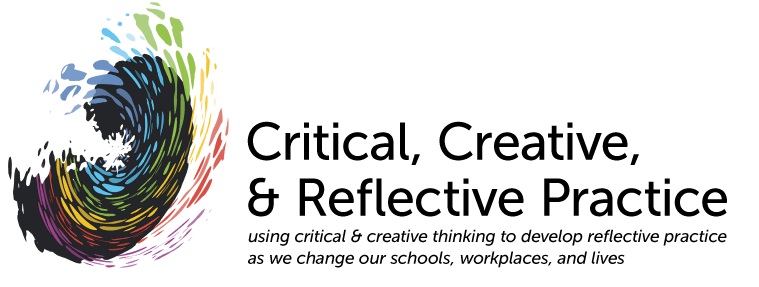Terms & concepts from Gordis, L. (2004).
. Philadelphia, Saunders/ Elsevier. (For older versions subtract 1 from the chapter number above chapter 3.)
The rationale for asking students to make a glossary of these terms is that: a) Gordis is an accessible & clear text so it is not the best use of limited class time to lecture on the terms & concepts presented in Gordis; and b) identifying illustrations of the terms/concepts from your own field is a good way to make sure you grasp and remember the ideas.
Instead of saying choose, say, 4 of the terms each week, see how many you can complete in 2.5 hours. Expectations will be adjusted in light of how this works (or doesn't).
by Week #
|
Chapter
|
Terms
|
2
|
1, 2
|
objectives of epidemiology, historical patterns in disease, prevention, clinical practice vs. epidemiological thinking, role of observation, modes of transmission, clinical vs. sub-clinical, carriers, endemic/epidemic/pandemic/outbreak, immunity, incubation, patterns of occurrence
|
3
|
3, 4
|
morbidity, incidence, prevalence (point vs. period), surveillance, quality of life, mortality/measures of mortality (mortality rates, case-fatality, proportionate mortality, years of potential life lost), age-adjustment (direct vs. indirect), cohort
|
4
|
5
|
biologic variation, screening tests, validity/sensitivity/specificity, dichotomous vs. continuous variables, sequential (two-stage) vs. simultaneous testing, predictive value, reliability and variation
|
5
|
6
|
prognosis/diagnosis, person-years, five-year survival rate, life table, Kaplan-Meier method, median survival time, relative survival rate, generalizability of survival data
|
6
|
7, 8
|
randomized trials, subject selection, case study/case series, treatment group, controls (e.g. historical, simultaneous nonrandomized, etc.), randomization, stratification, data collection (treatment, outcome, prognostic profile, masking), crossover, factorial design, noncompliance, sample size, efficacy, risk ratio, internal vs. external validity
|
7
|
9, 10, 13
|
cohort study/types of cohort studies, potential biases, case-control/nested case-control studies, cross-sectional study, selection of cases, selection of controls, matching (individual vs. group), recall bias/limitations, multiple controls
|
8
|
11, 12
|
absolute risk, association, relative risk, odds ratio, attributable risk
|
9
|
14, 15
|
etiology, ecologic studies, ecologic fallacy, real vs. spurious associations, types of causal relationships, evidence/guidelines for causal relationships, causal inferences, selection bias, information bias, confounding, interaction
|
10
|
16
|
association with genetic disease, genetic markers, age at onset, family studies, twin studies, adoption studies, time trends, international studies, migrant studies, gene-environment interaction
|
11
|
17
|
process evaluation, outcome evaluation, efficacy/effectiveness/efficiency, outcome measures, evaluation using group vs. individual data, outcomes research, avoidable mortality, health indicators, evaluation using randomized vs. nonrandomized design
|
12
|
18
|
natural history of disease, pattern of disease progression, methodologic issues with screening, lead time (bias, five-year survival), overdiagnosis bias, screening evaluation study design, assessment/interpretation of screening, cost/benefits of screening
|
13
|
19
|
prevention, population vs. high-risk approaches, clinical medicine, risk assessment, exposure assessment, meta-analysis, publication bias, policy objectives
|
14
|
20
|
obligations to study subjects, privacy/confidentiality, data access, race/ethnicity, conflict of interest, interpreting findings
|
